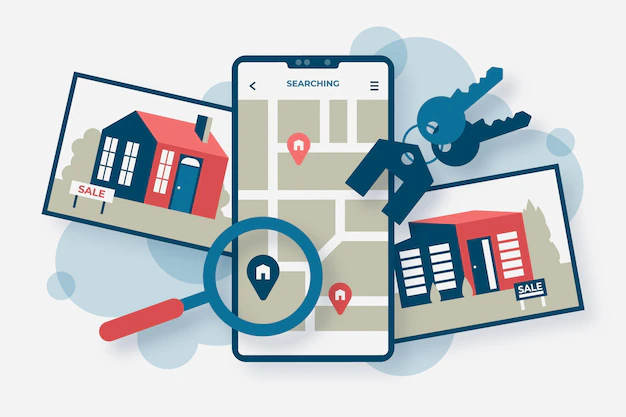What Would be the Features of Property Management Software Development
Most of a property manager’s day is filled with paperwork and other administrative tasks. It suggests that rental professionals are forced to devote their time to mundane, non-profitable procedures instead of focusing on revenue-generating activities like client satisfaction and expansion.
More than a third of property managers say that too much reliance on manual processes prevents their company from growing. When seen in this light, automating processes with property management software seems less like a choice that can be made and more like an absolute need.
Property management systems (PMS) are designed to streamline the administration of real estate holdings by replacing time-consuming human processes and spreadsheets with automated ones, such as the handling of reservations, critical performance indicator reporting, and billing.
We’ve identified a set of procedures that, if followed, will ensure your development goes off without a hitch, and you get the results you want. The company is acting in this way because of its history of developing industry-specific solutions. Developing custom solutions for real estate is essential.
Here are some fundamental rules to remember while creating your property management software.

Setting high standards for the final product is essential from the get-go
There will be specific requirements from your customers. It’s safe to say that this is the case. Therefore, you should strive to provide a workable solution that meets particular needs without demanding excessive effort.
There are several property management software options, each with its quirks and nuances. So this is a quick-starter guide for you.
Consider the following as an illustration:
Software development specifically for residential apartment buildings often focuses on managing short- and long-term rentals. Common functions of such systems include creating leases, collecting rent, and real-time monitoring of vacancy rates.
Owners of office and retail spaces most often use commercial property management software. The processes may seem similar to those used in residential management, but there are additional workflows that must be considered. When it comes to things like property taxes, insurance, and maintenance costs, it’s the landlord’s job to keep track of them. Commercial leases are far more complex than residential leases.
Condominium and Homeowners Association (HOA) property management software is built to efficiently oversee several townhomes, co-ops, or condominiums at once. It is capable of handling a wide range of specialized tasks.
A nimble e-book
Build a solid suite of functionalities within the property management software. Property management software, in all its forms, pushes the boundaries of what was previously possible regarding management.
The procedural components of running a company
Everything that helps executives streamline business operations via automation falls under the purview of “operations functionality.” Consider the following as an illustration:
From a centralized dashboard, owners, landlords, and managers may easily see and manage bookings, rates, and property statuses. Changes may be made to reservations, check-ins can be tracked, rooms can be customized, and payments can be tracked, among other administrative responsibilities.
Accounting-related features
QuickBooks is only one of several programs that may help you maintain accurate financial records. However, most real estate property management software does have an accounting element. This is a real estate business automation part that you should know about.
It combines the power of accounting chores with specialized property management features in one place, saving property managers time and effort by removing the need to switch between different platforms. Furthermore, it might save you the headache of establishing intricate integrations with third-party accounting systems.
In the realm of numbers, some instances of characteristics are as follows:
Tenants, landlords, and property management firms may all benefit from an online payment system for rent. Managers may now see the account’s payment history without contacting the bank for this information.
Ability to lease and manage properties
When making a list of features, you should prioritize those that support leasing and administration since they are the backbone of rental property management software. Your features will cater to your company’s unique procedures, but you should still think about including the following:
Online rental applications make it easier for landlords to collect necessary information from potential renters. Online applications have the potential to simplify the application process, leading to faster vacancy filling and fewer leads being lost. In addition, it gives your clients more ways to save time, which may boost their happiness with your business. The application dashboard tracks applicants verify their credentials, and provides final approval.
Tenant-centric property management site
Maintenance requests may be monitored, saving tenants and property managers time. It facilitates teamwork and speeds up the time it takes to fulfill tenants’ demands.
Management of property maintenance requests
With the help of Wama reporting and analytics, users may create in-depth, intricate reports and observe their real estate enterprises from above. Words that help you make data-driven decisions are metrics reports. Create human-friendly visuals like pie charts, graphs, and tables.